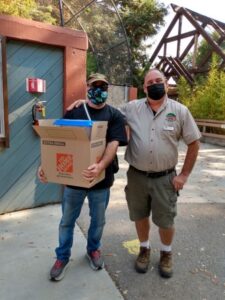RARN is very sorry to report that in January (2023) we lost one of our long-time rescues, a very handsome but skittish male water dragon named Mitch. He was over 10 years old.
Mitch came to us as a tiny dragon, no more than a couple of months old. When RARN took him in, we thought Mitch was a girl—so for quite a while he was called Midge. He did not seem to be offended. Later, when it was obvious that he was a male, we found him a new name!
Mitch was a poster-boy rescue animal. He came in with a messed-up tail, an injury treated by a vet who was not experienced in handling exotics. The bandage put on the tail was too tight and the tail had to be amputated by another vet, one who had some background in reptile pets. Because of that, Mitch was not a good candidate for adoption—but he beat the odds! He was adopted by someone who wanted him very badly. But alas, the union was short-lived. He sustained damage to his front jaw from rostral rubbing against glass. This can easily get infected if it is not treated immediately. He came back to RARN and got care, and stayed with us to the end.
Mitch had a big bowl with two gallons of water to swim in, in his enclosure, and really seemed to enjoy contact with water—well, he was a water dragon, after all! Though he was pretty much a homebody, he did get the chance to run around the house in the summer, under supervision, for a little "time out." He lived his best life.
Mitch was always a bit shy and grumpy, and did not like crowds or strangers. They frankly freaked him out. So he never showed up at RARN's pre-pandemic public outreach events. But he was always our beloved RARN water dragon. We adored his little face and incredibly gorgeous green coloring. And we miss him.
Cuddle your creatures a little closer this week, and think a good thought of Mitch.
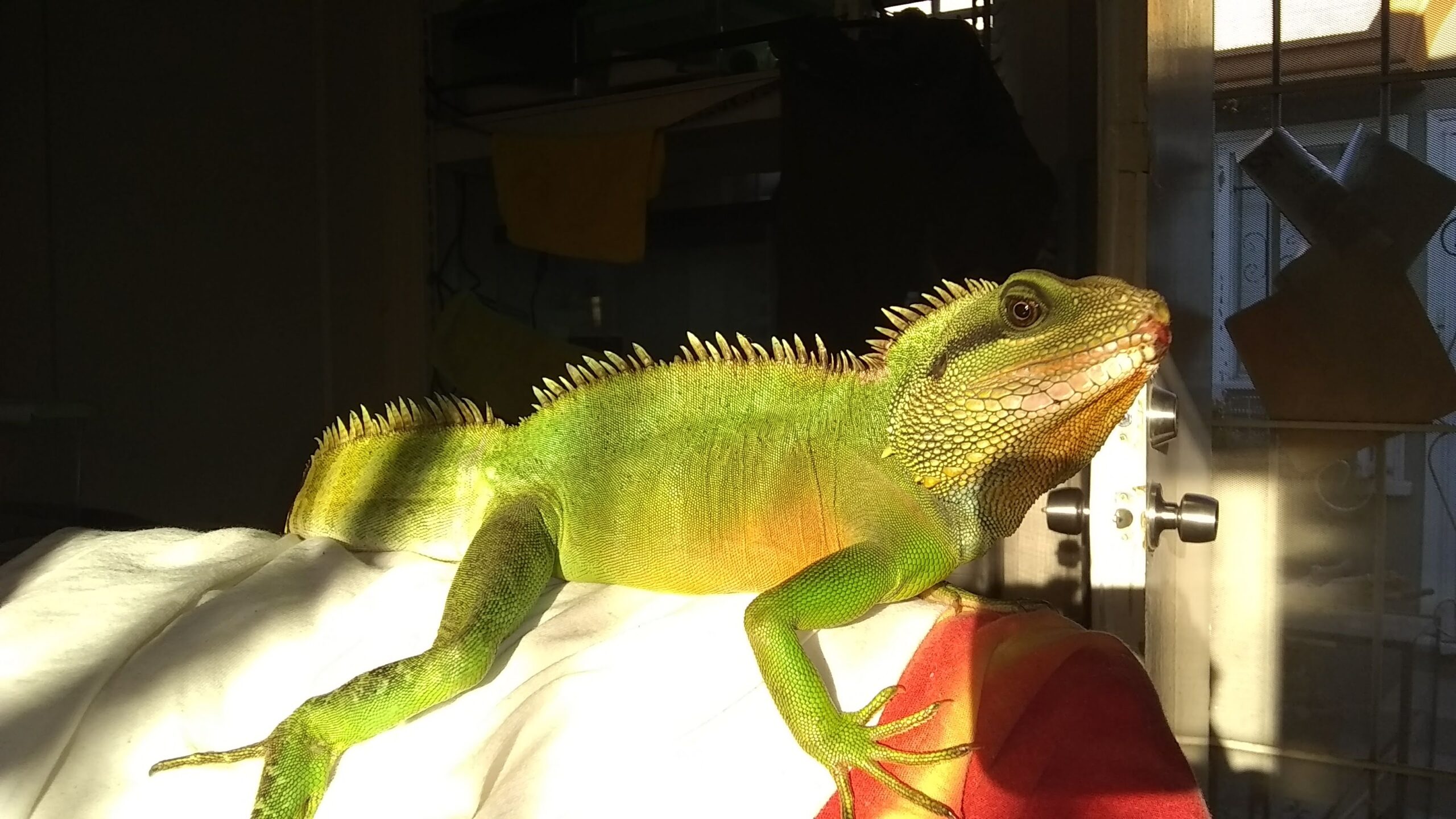
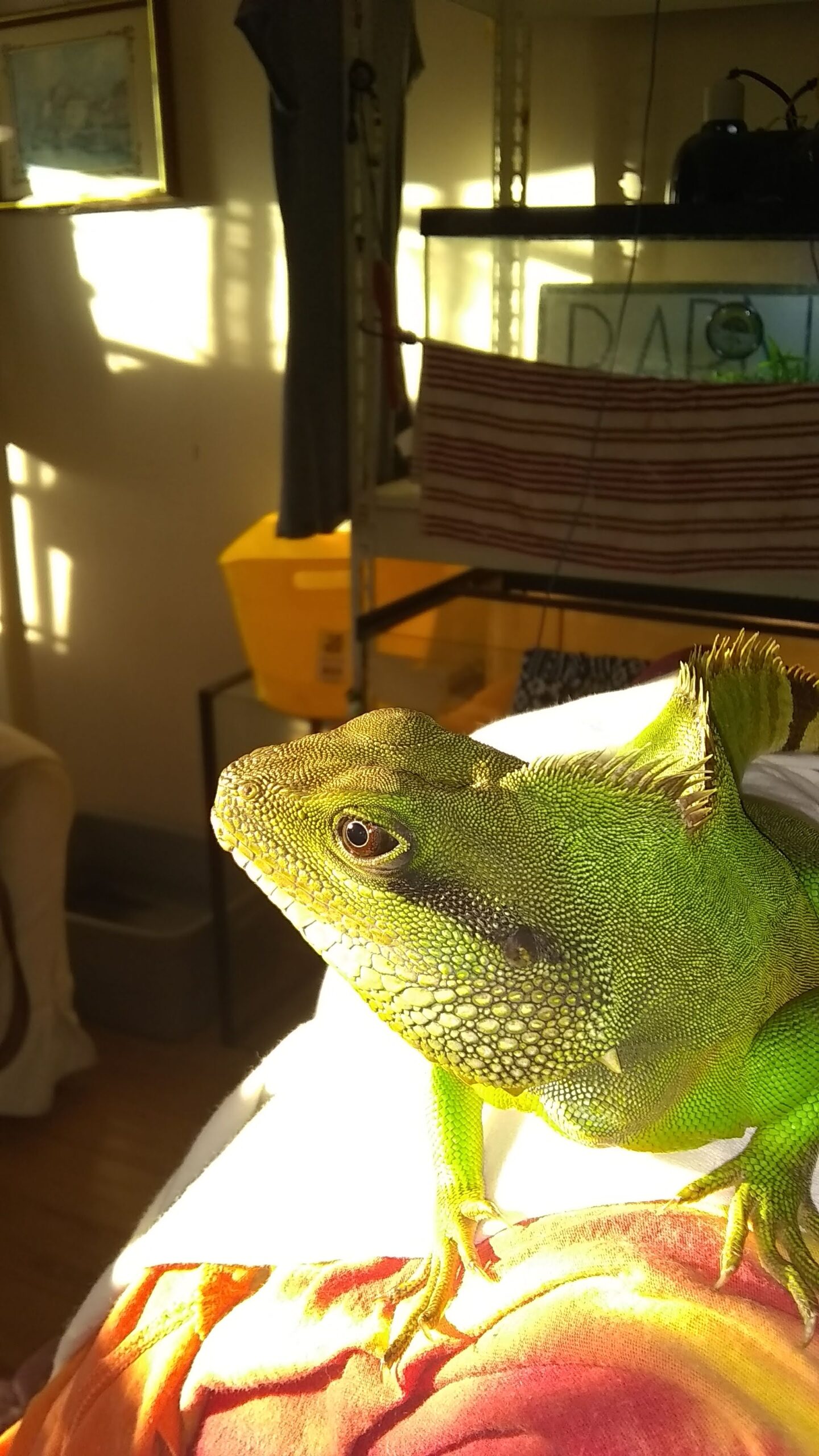
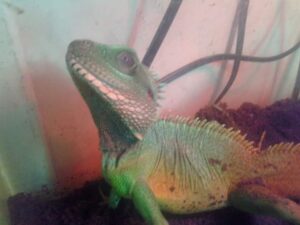
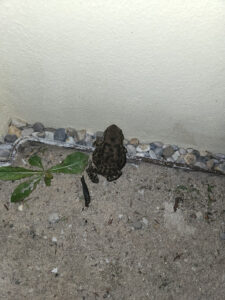

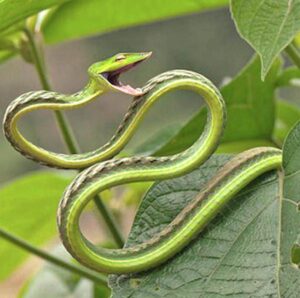
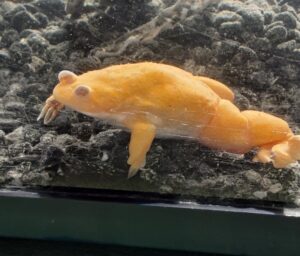
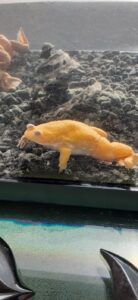
 Consider, if you will, the African Clawed Frog. A species that, in the 1930s, was discovered as an efficient way (though not to the frogs!) to determine human pregnancy. After other, better methods were found, the frogs morphed into animals found in many a pet store. But along the way, many of these creatures--both discards from research and escaped or abandoned pets--found their way into the broader ecosystem of the US.
Consider, if you will, the African Clawed Frog. A species that, in the 1930s, was discovered as an efficient way (though not to the frogs!) to determine human pregnancy. After other, better methods were found, the frogs morphed into animals found in many a pet store. But along the way, many of these creatures--both discards from research and escaped or abandoned pets--found their way into the broader ecosystem of the US.
